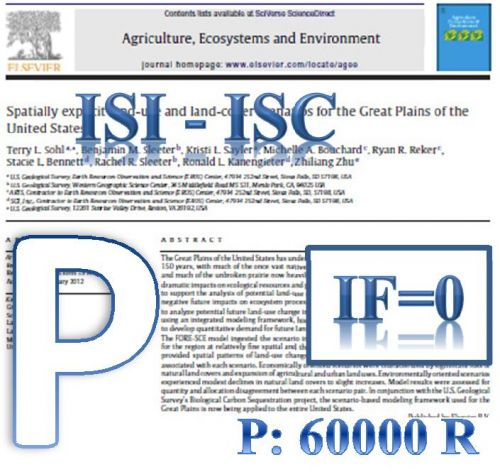Collection of quantitative and qualitative data from trees is necessary for appropriate management and planning of forest stand. The model of spatial distribution, mixture status, and their diversity are some of the important features of forest stand. The final objective for evaluation of spatial pattern is formation and presentation of the relevant hypotheses regarding ecologic communities, which are crucially important in forest sustainable management. The present study is aimed to examine spatial distribution pattern, mixture status, and diversity of forest wooden species in forests of Mid Zagros Zone (Zarabin Ilam, Shoorab, and Ghalehgol in Lorestan province) by means of Nearest Neighborhood Index (Clark & Evans). The100%inventory of stand was employed to extract accurate land data. The results of Clark and Evans’ Index showed the Clumped Pattern for zones of Shoorab and Ghalehgol and the Uniform Pattern for Zarabin region. In order to examine way of arrangement of various species along each other, Mixture Index was applied. With respect to mixture and biological diversity indices, the uniform pattern may be produced due to modification in clumped pattern, which caused by increase in distance among basal sprout due to aging and further diversity of species.
کلید واژگان :Spatial distribution pattern, Wood diversity, Mixture, Persian oak, Spatial Pattern (coppice)
ارزش ریالی : 1200000 ریال
با پرداخت الکترونیک
